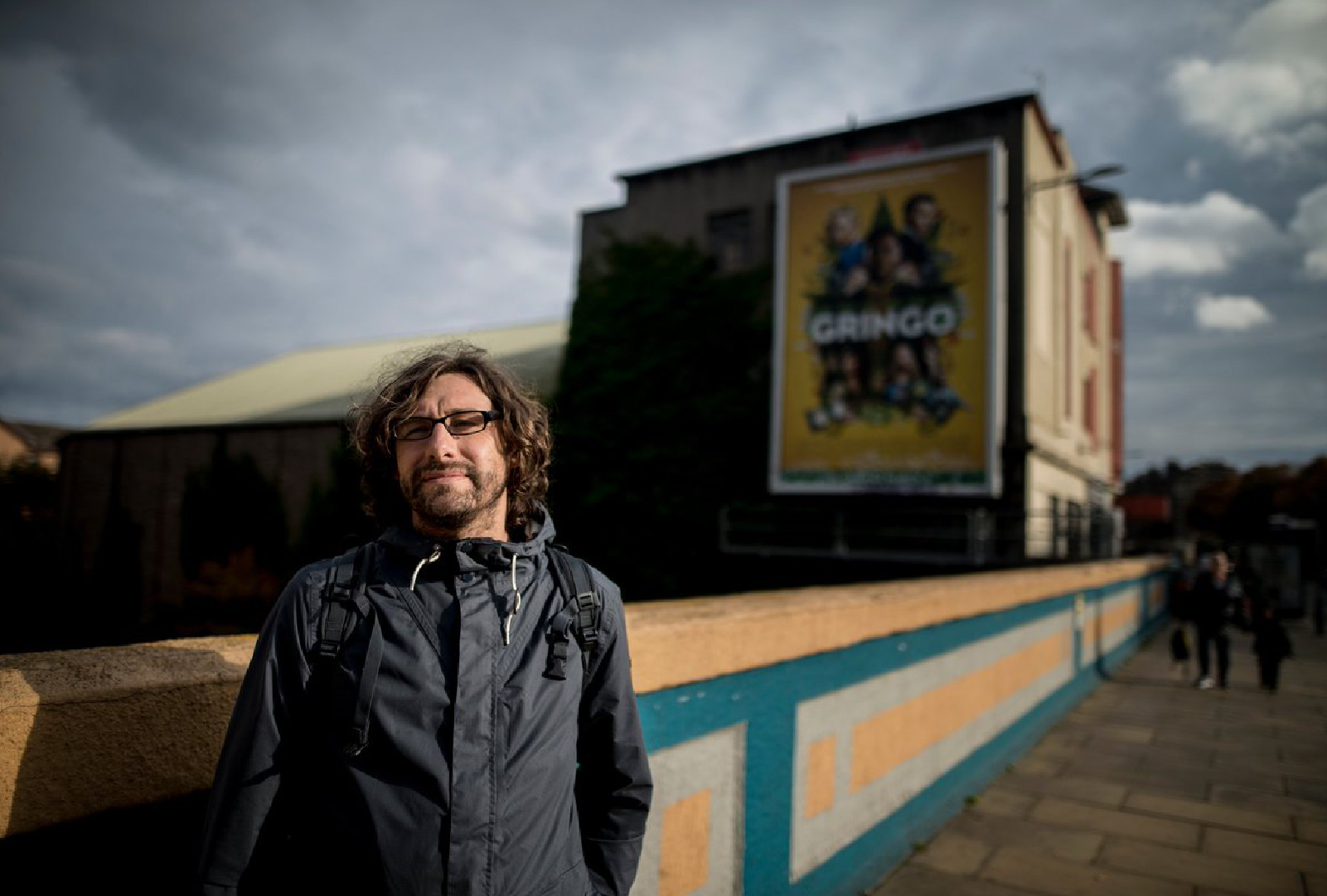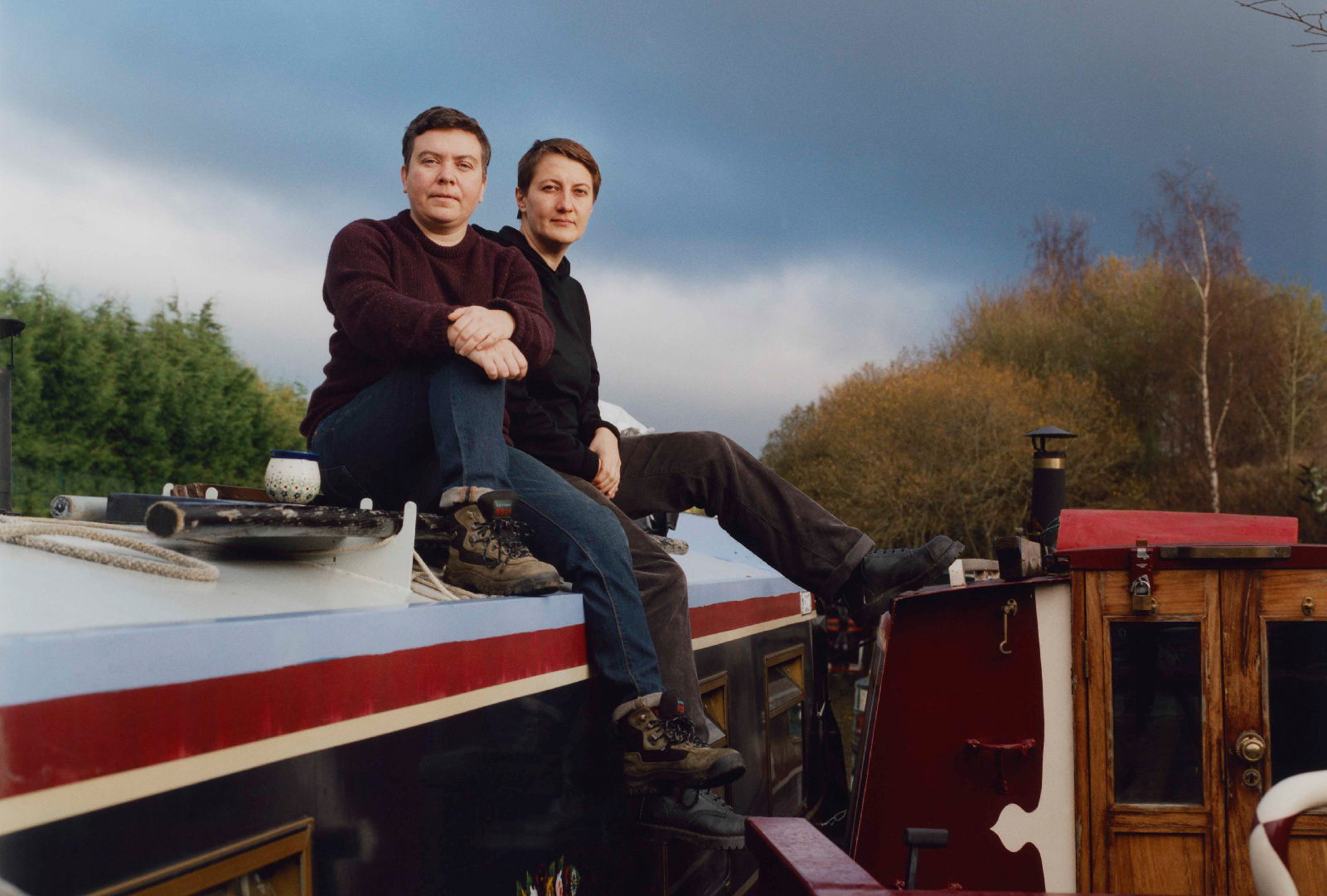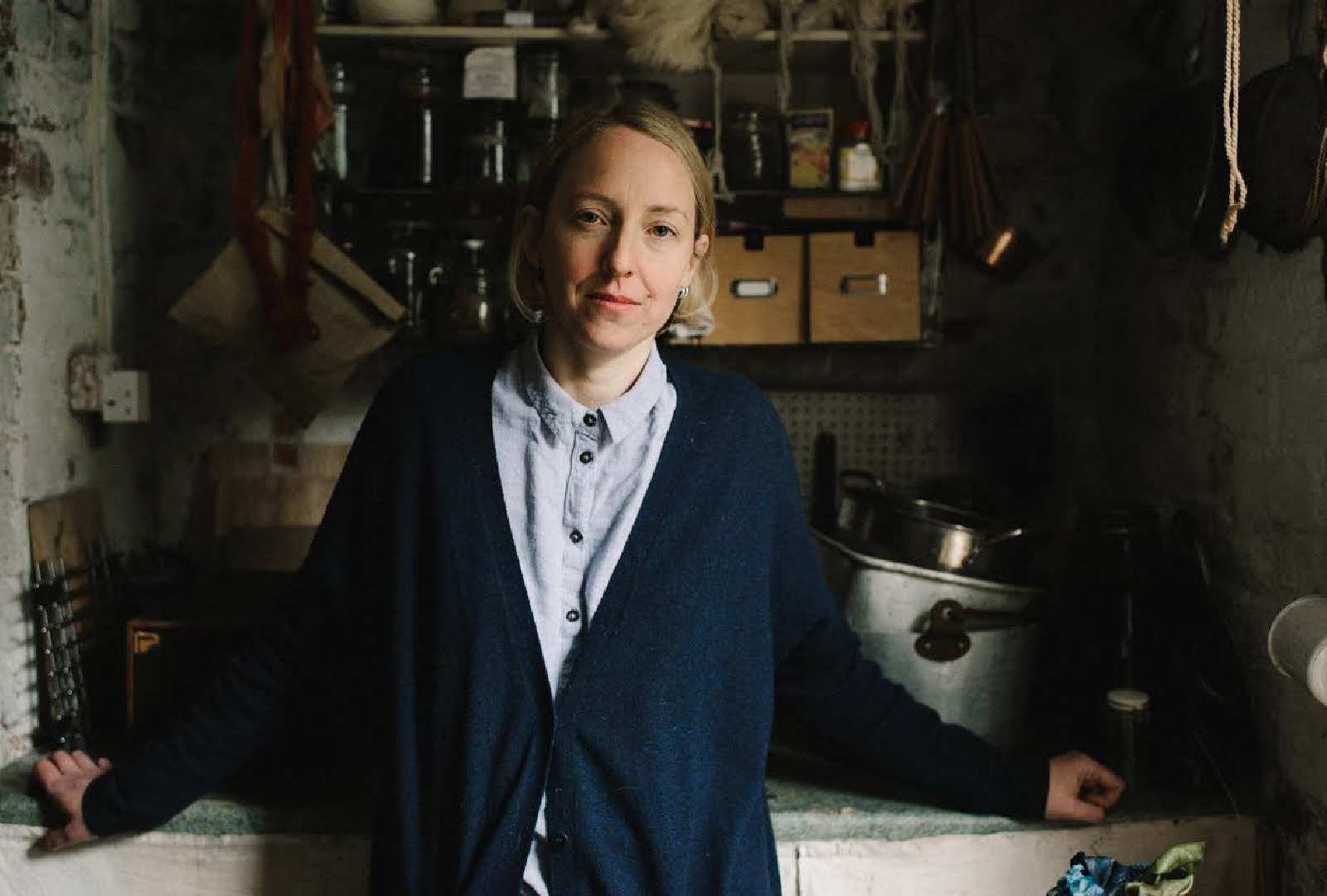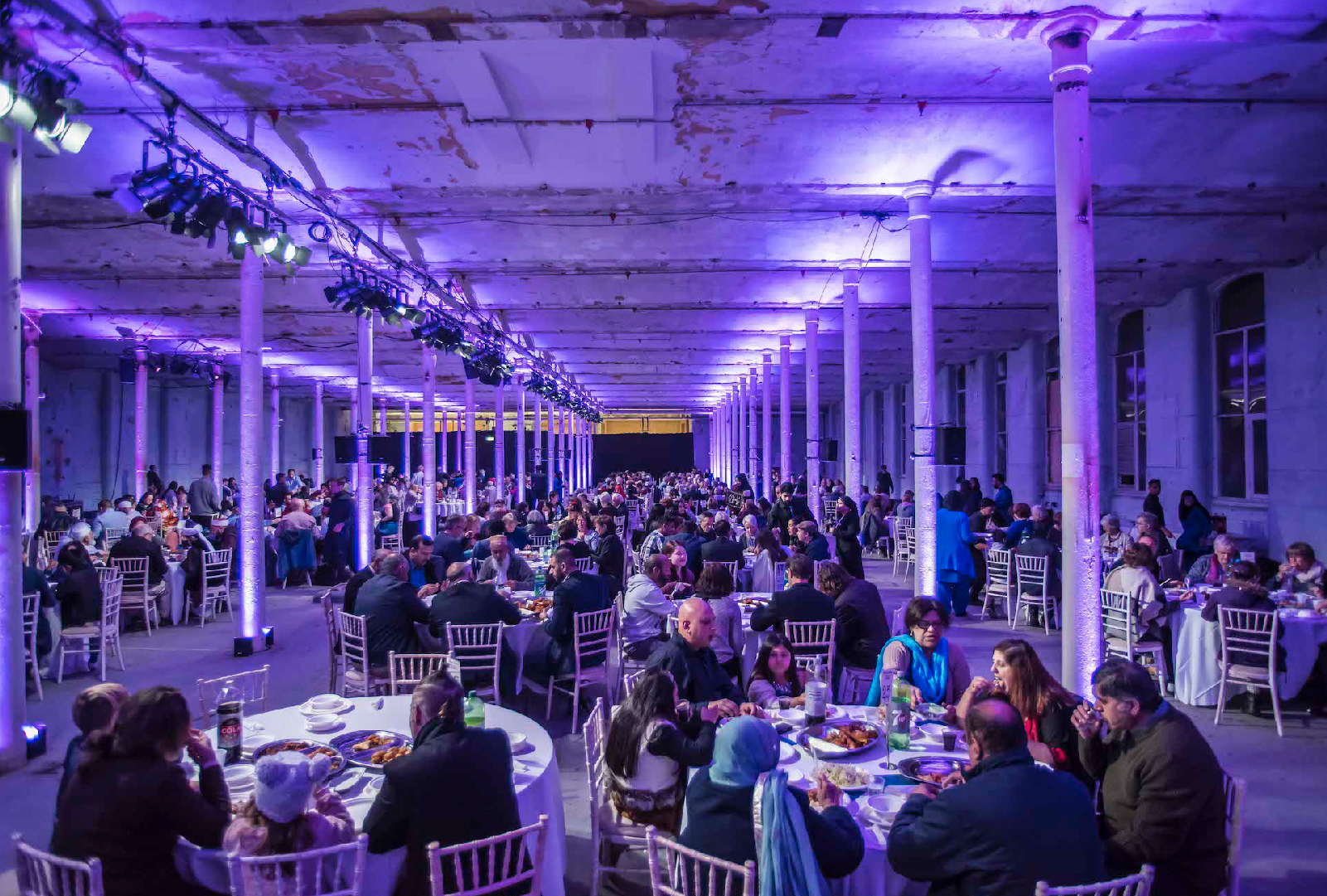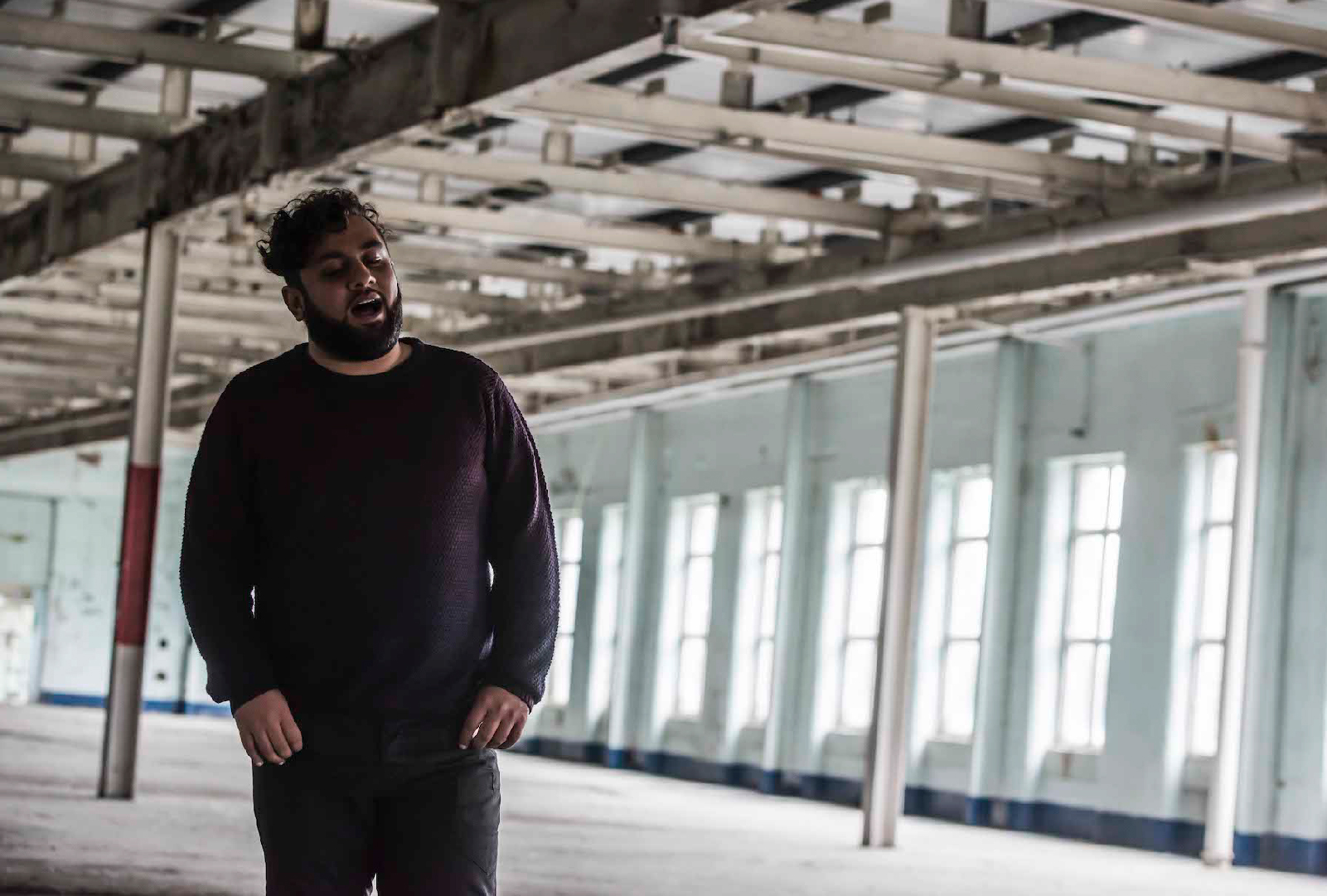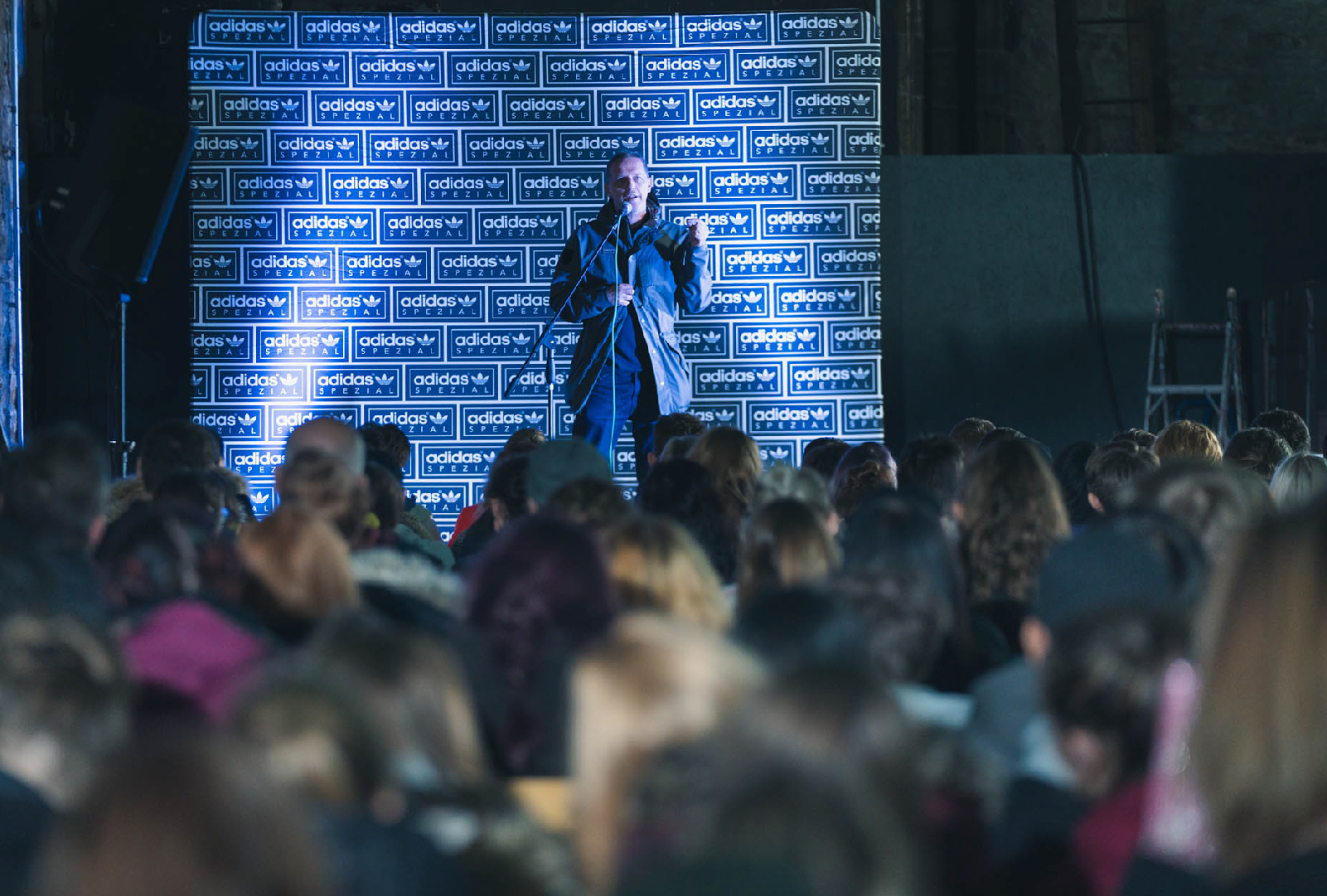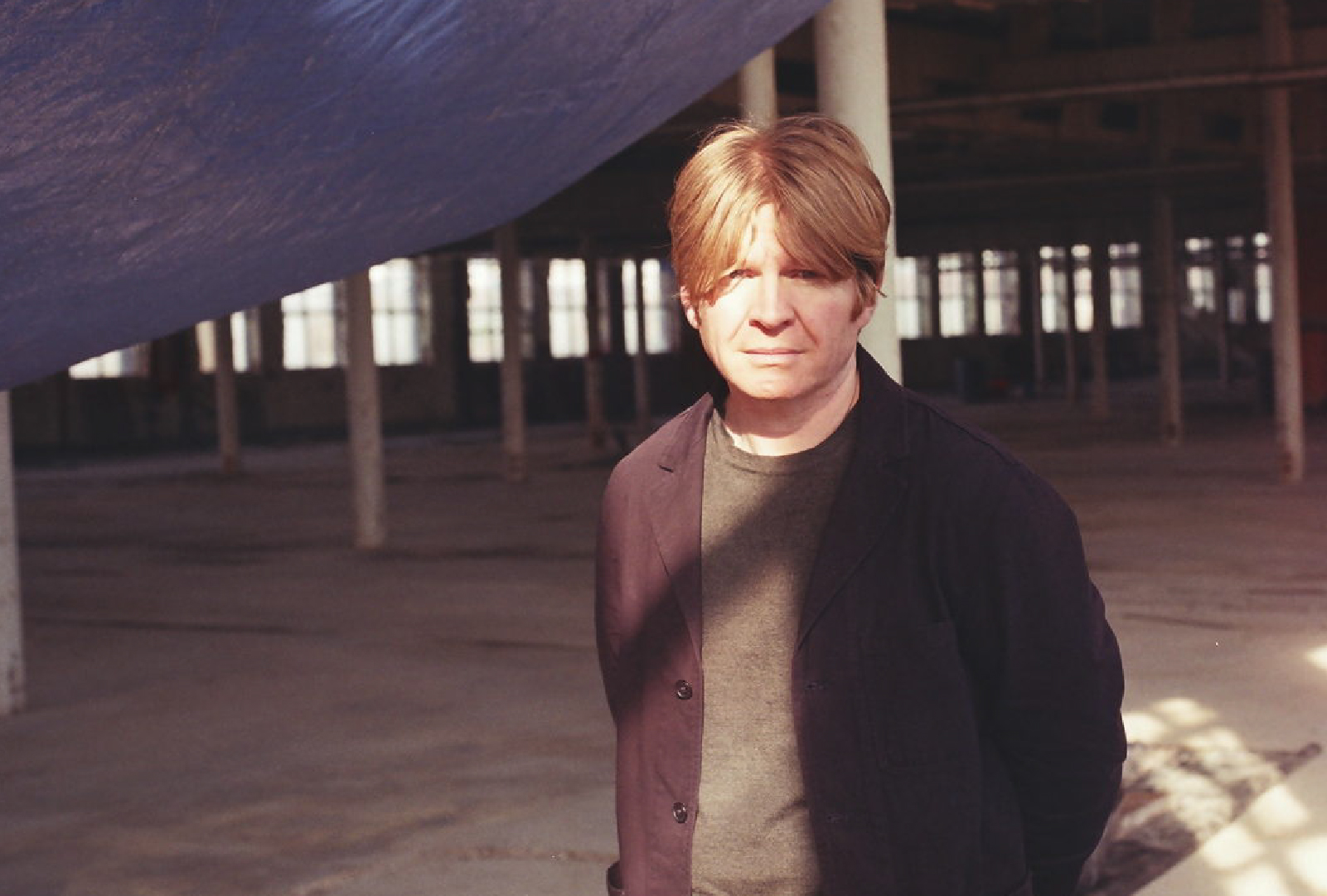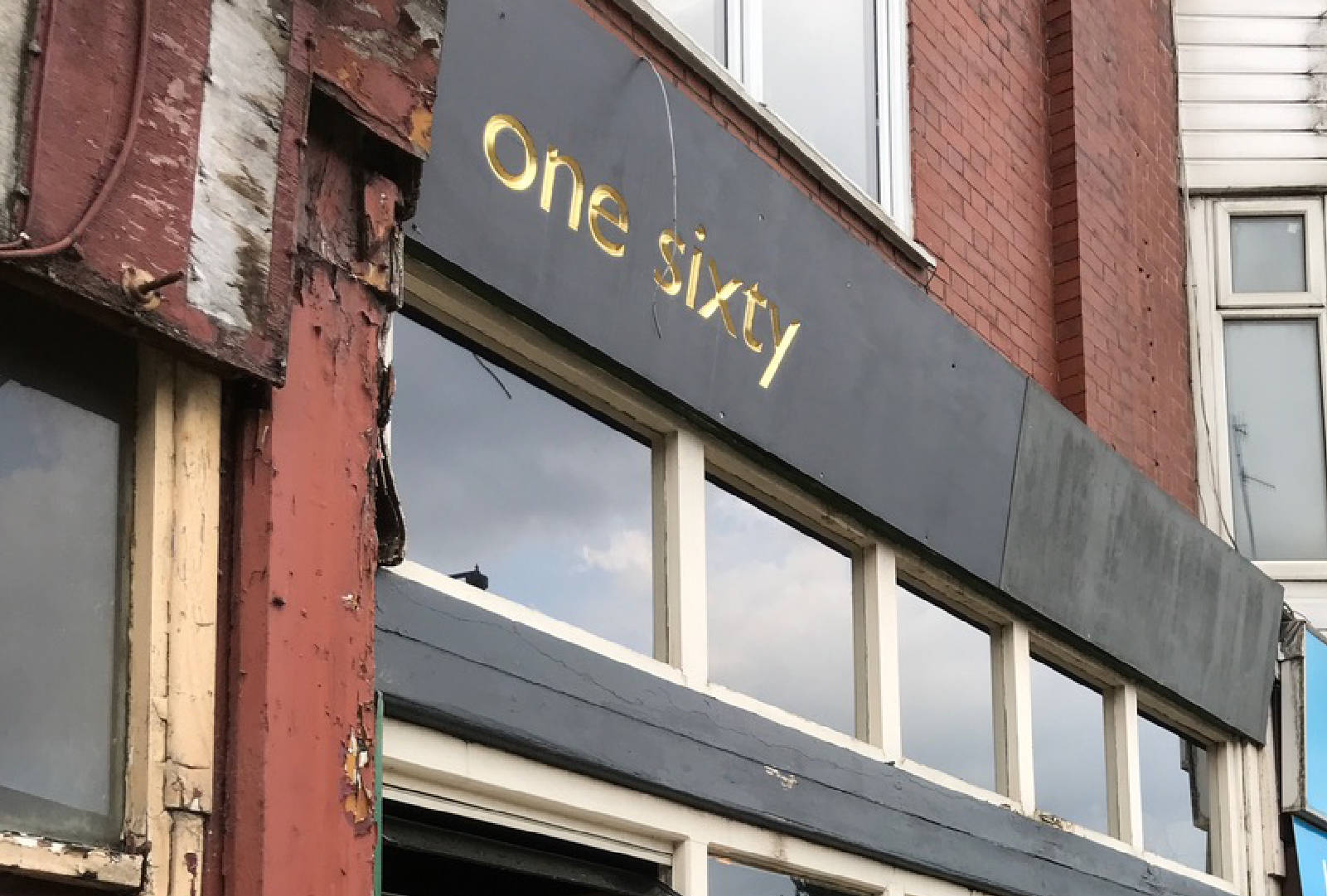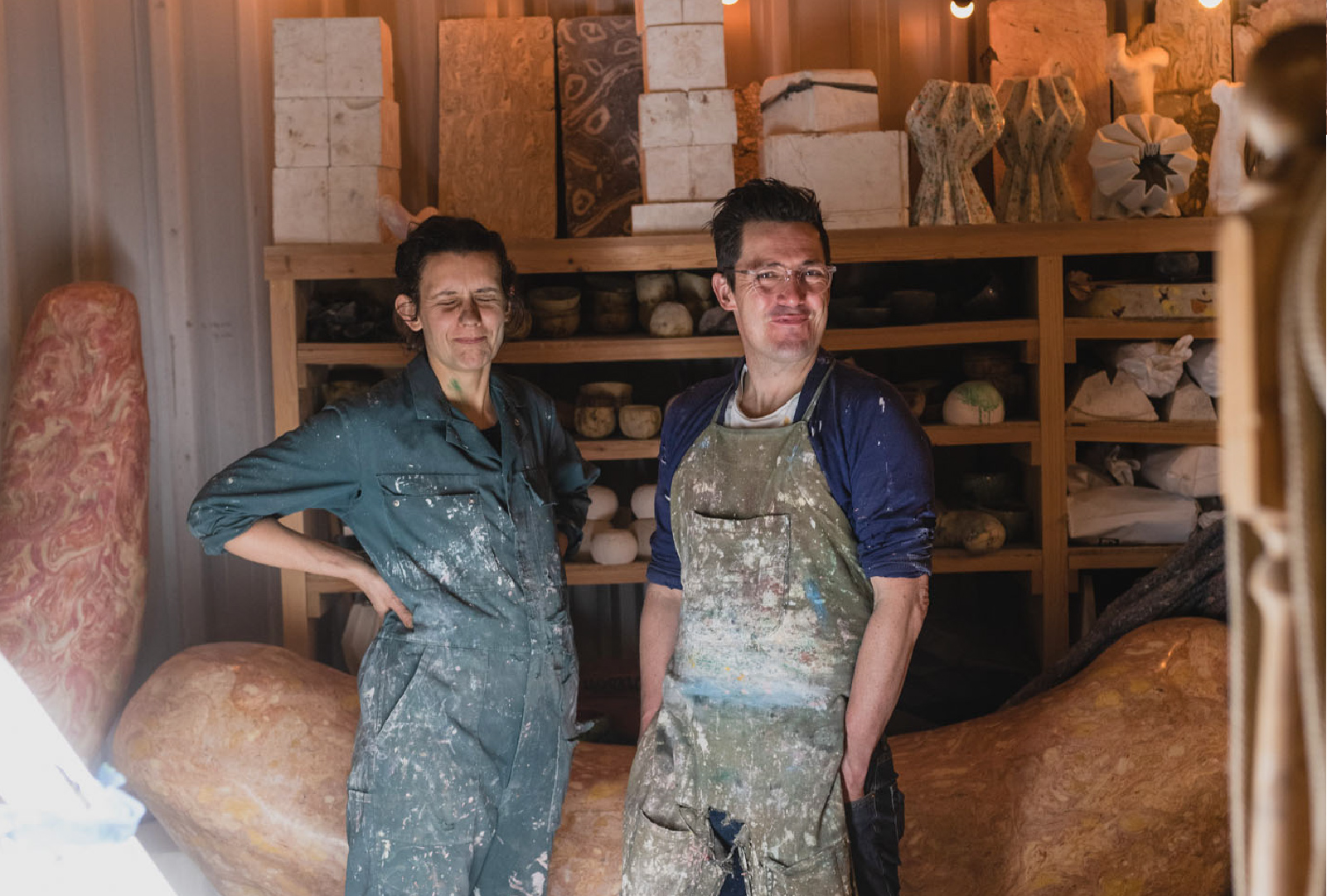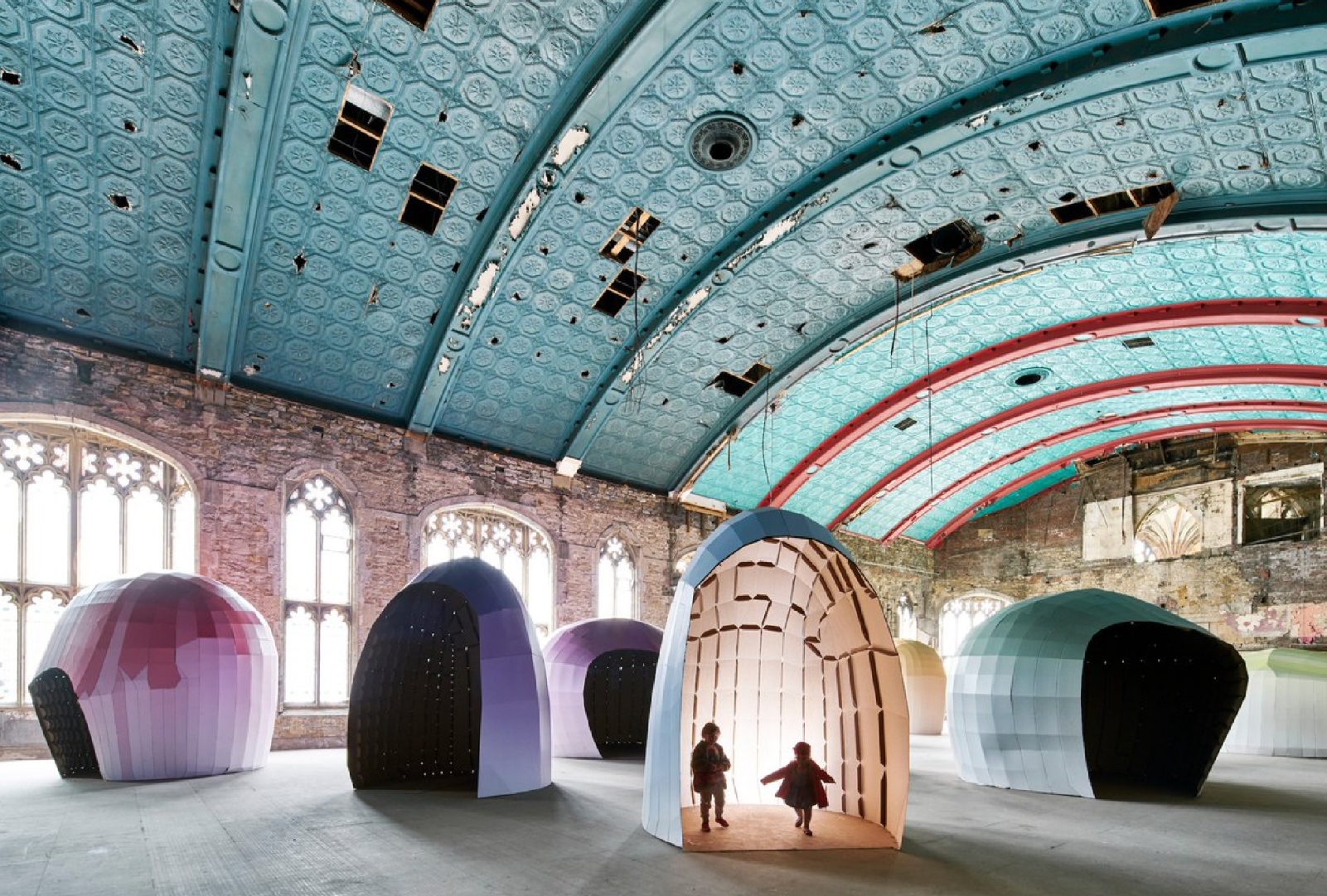SWAN
SONG
Stephen Turner is an artist who often infiltrates odd and abandoned places, noting changes in the complex relationship between manmade and natural environments. His projects are rooted in research which explore these themes in a variety of media by merging historic, geographic and environmental content in a social and subjective investigation of place.
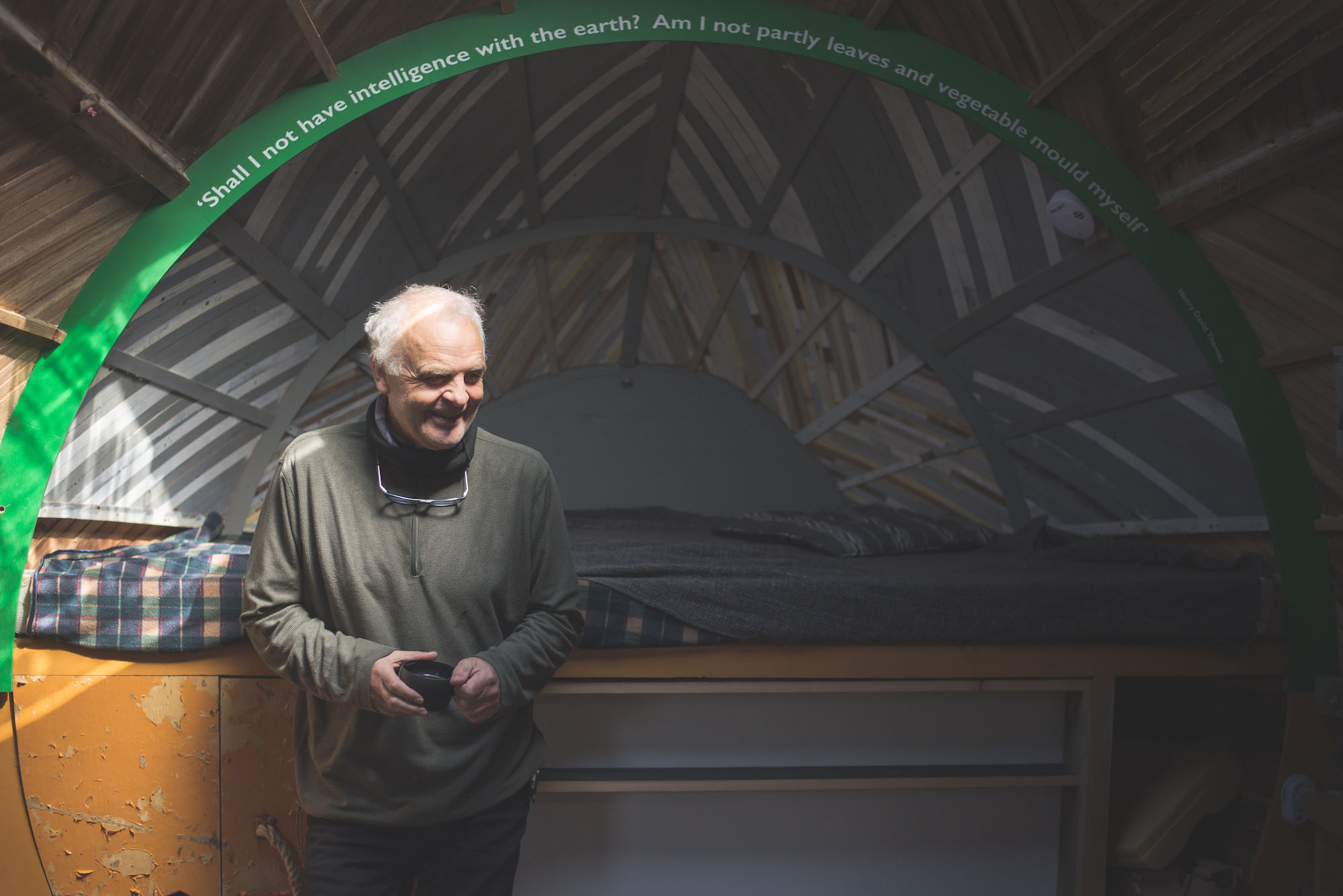
THE EXBURY EGG 2016, BURNLEY. WITH ARTIST STEPHEN TURNER
PHOTOGRAPHER Richard Tymon
In the Spring of 2016 artist Stephen Turner and his Egg, an environmental observatory/studio built in timber, arrived in Burnley.
Stephen spent the duration of his residency conducting personal, environmental, historical and cultural investigations on the site with the residents of Burnley Wood, supported by Super Slow Way’s Community Co-ordinator, Ruth Shorrock. His aim was to enable local people to share knowledge of the past of the site, to explore its present state and to better inform its future..
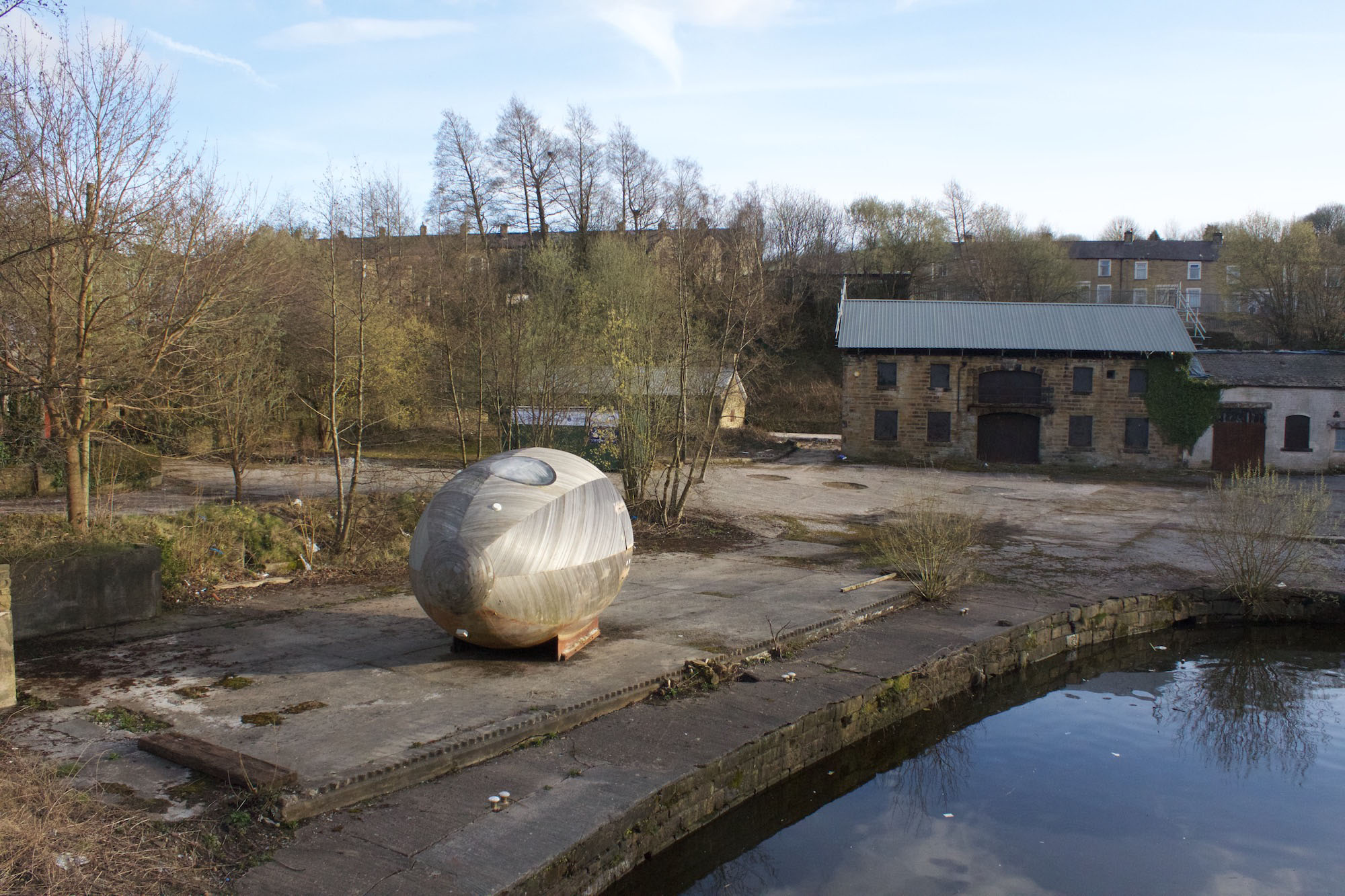
THE EXBURY EGG 2016, BURNLEY. WITH ARTIST STEPHEN TURNER
PHOTOGRAPHER Richard Tymon
I counted five eggs in the nest soon after arriving with my own large wooden egg at the former Finsley Gate Boatyard in Burnley, in a cold snowy April in 2016. Derelict in terms of human habitation, a patch of crumbling concrete edged with a narrow band of self-seeded turf had been home to a pair of much loved swans for many years. Often photographed and more often fed by local people, they entertained and concerned the many that looked out for their welfare.
I did my best to leave them in peace as their habitat was already constrained to the edge of the canal where there’s much less room to give, when other birds or people want to take. Their nest was about 30% natural and the rest an amalgam of waste paper and loosely arranged plastic. The five eggs produced two surviving cygnets. I found one dead in the water early on, another simply didn’t hatch and the fate of the third was unknown.
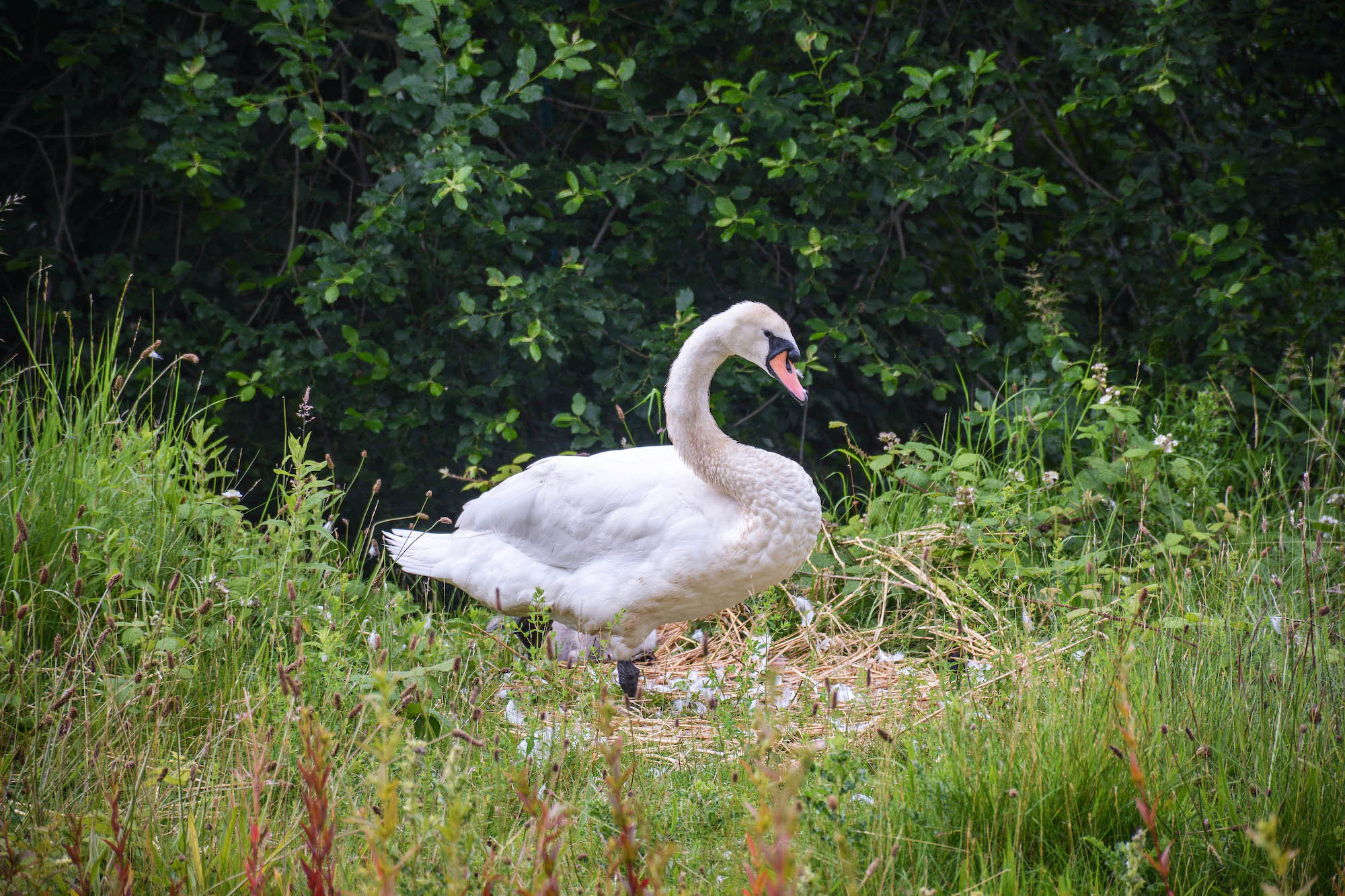
SWANS AT THE EXBURY EGG, BURNLEY
PHOTOGRAPHER SAM WALSH

Often photographed and more often fed by local people, they entertained and concerned the many that looked out for their welfare.
So many people enjoyed their imperious behaviour. They were undisputed and beloved king and queen of the canal, if sometimes tormented by children testing out the boundaries of their own fear by getting close enough to touch and then running away. As the in-situ caretaker, I had to do a bit of explaining.
They could be aggressive, especially with eggs in the nest or young on the water and showed little fear of anyone or anything. “I once saw a swan take a Canada goose by the neck and hold it underwater and only the swan came back up”, said Ian Sprott, who works for the Canal & River Trust, one afternoon as we observed a pair of geese with the effrontery to nest just a few feet from the swans. One day, I watched the cob saunter by and, with barely a pause, grab mother goose by the neck. He dragged her off her nest for about ten feet, then just nonchalantly continued on his way with barely a backward glance. On another occasion, when a group of goslings disappeared, our cob was reportedly the last to see them alive.
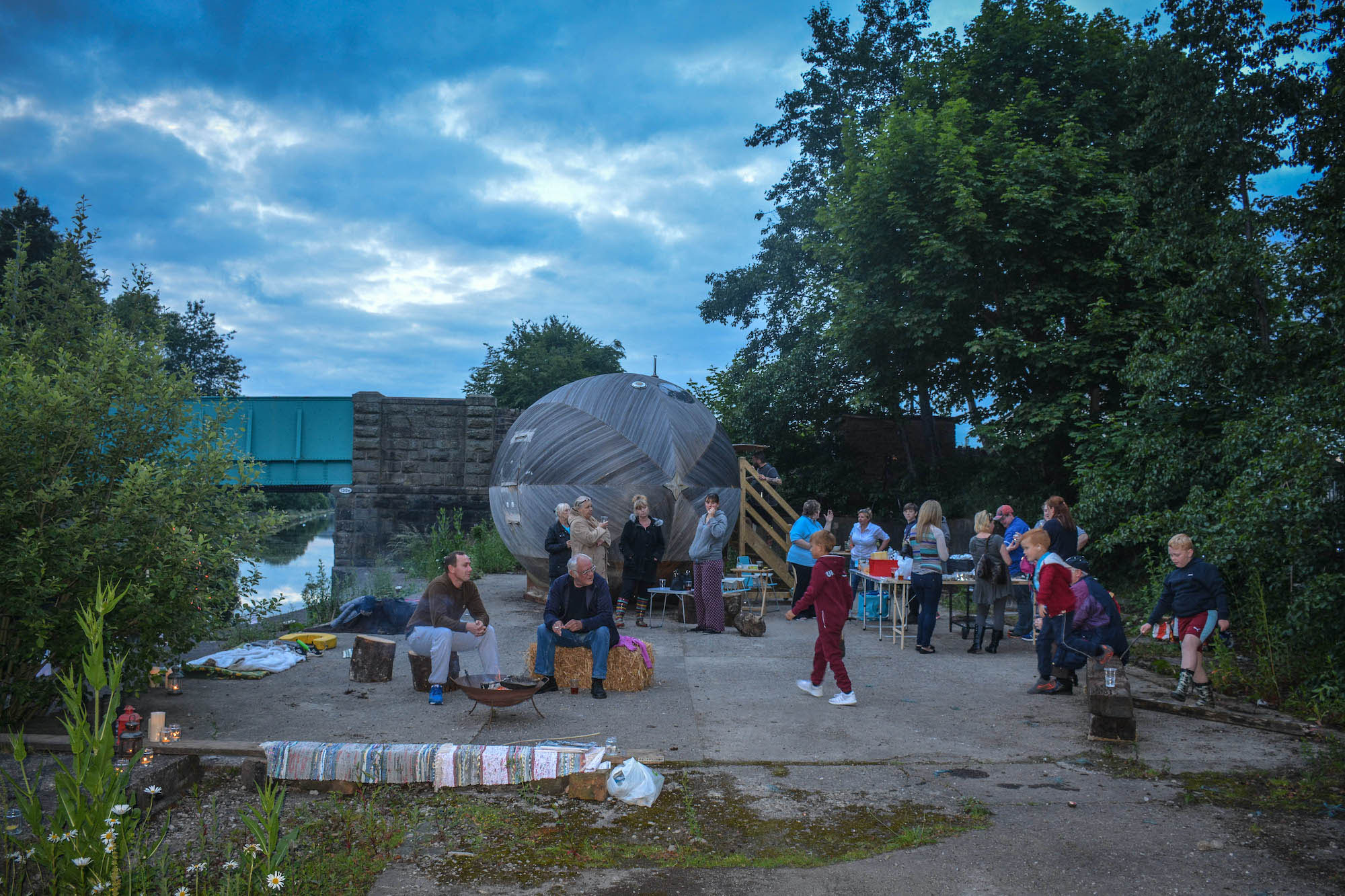
THE EXBURY EGG 2016, BURNLEY. WITH ARTIST STEPHEN TURNER
Photographer SAM WALSH
With authority over all the other birds, swans are not above having a go at each other either, as our small community group discovered on May 29th 2016 when we met at the Egg to enjoy a dawn chorus. My open invitation to meet at 4.00am to keep this vigil brought together Jo Taylor and her son Steven, Dylan Manning, Emma Fielding, Ruth Shorrock and Pip the dog. I’d been there since 3.30am setting up audio recorders to capture the distinctive sounds of robins, blackbirds, blue and great tits, crows, doves, a distant cockerel and what sounded unusually like a peacock.
However, after an hour, our meditations were interrupted by a huge avian alarm from the canal-side, where the aggressive snorts and hisses of the usually quiet swans had our instant attention. Just as the Town Hall clock was striking six, our cob launched himself, skittering across the water at a family of seven swans heading our way in stately convoy along the Straight Mile. Before the final bong of the clock, all bar one yearling had turned and fled, and for fifteen minutes our cob proceeded to try his best to drown it (ignoring all our efforts at distraction) before disdainfully heading off as undisputed cock of the cut.

SWANS AT THE EXBURY EGG, BURNLEY
PHOTOGRAPHER Stephen Johnson

With authority over all the other birds, swans are not above having a go at each other either, as our small community group discovered on May 29th 2016when we met at the Egg to enjoy a dawn chorus.
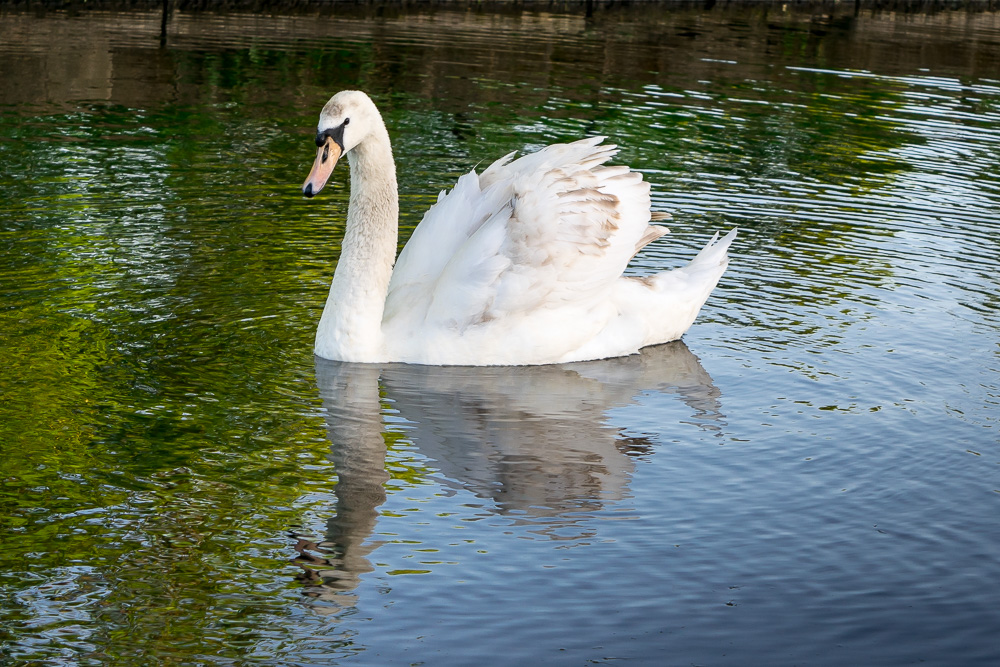
SWANS AT THE EXBURY EGG, BURNLEY
PHOTOGRAPHER ANDREA HOLT
An adrenalin-fuelled ‘do you want some?’ glare seemed designed to put even us in our place as he passed by. No surprise then to find that, in Germanic myth, warrior goddesses, the Valkyries, would reputedly turn into swans in battle and, in this form, decide which souls of the dead were worthy of entering Valhalla. A few local valkyries would like to have found the owner of the dog which savaged our pen just a few weeks later as it defended its young. At least four calls were made to the RSPCA to tell them of the ‘poorly’ swan and I was able to help catch her near the nest. A wing was completely snapped and badly infected, leaving little alternative but to put her down on a memorably sad June 24th 2016.
That night I looked for Cygnus, the heavenly swan placed high in the night sky by Zeus, as a reminder of the swan’s courage and faithfulness. Nothing could be seen through the gloom and spattering rain. We made our own eventual homage with the publication of The Exbury Egg Echo in October, which featured the swans in a collection of affectionate images by Burnley Wood photographers, Andrea Holt, Stephen Johnson, Simon Sweetman and Sam Walsh.

No surprise then to find that, in Germanic myth, warrior goddesses, the Valkyries, would reputedly turn into swans in battle
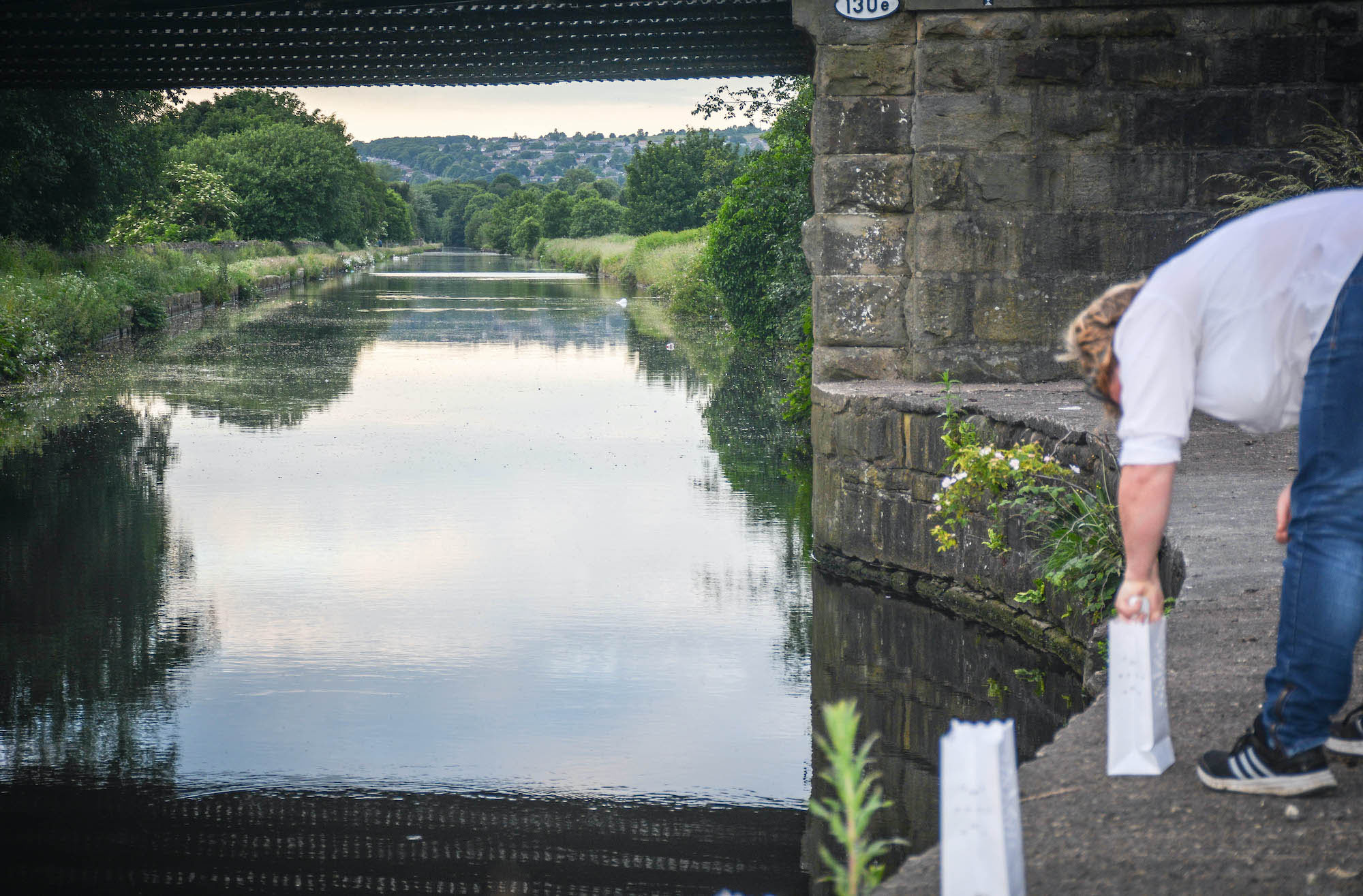
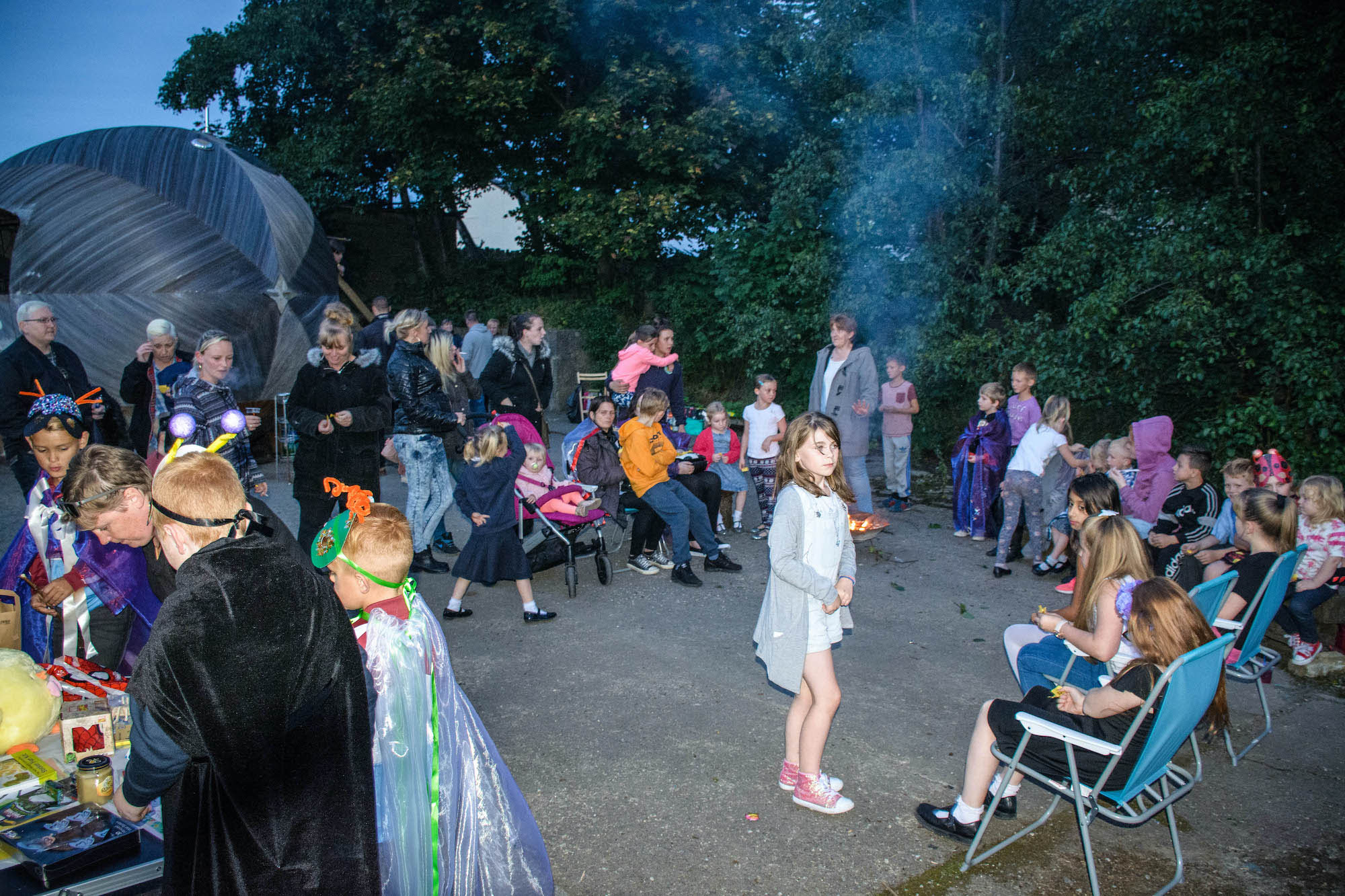
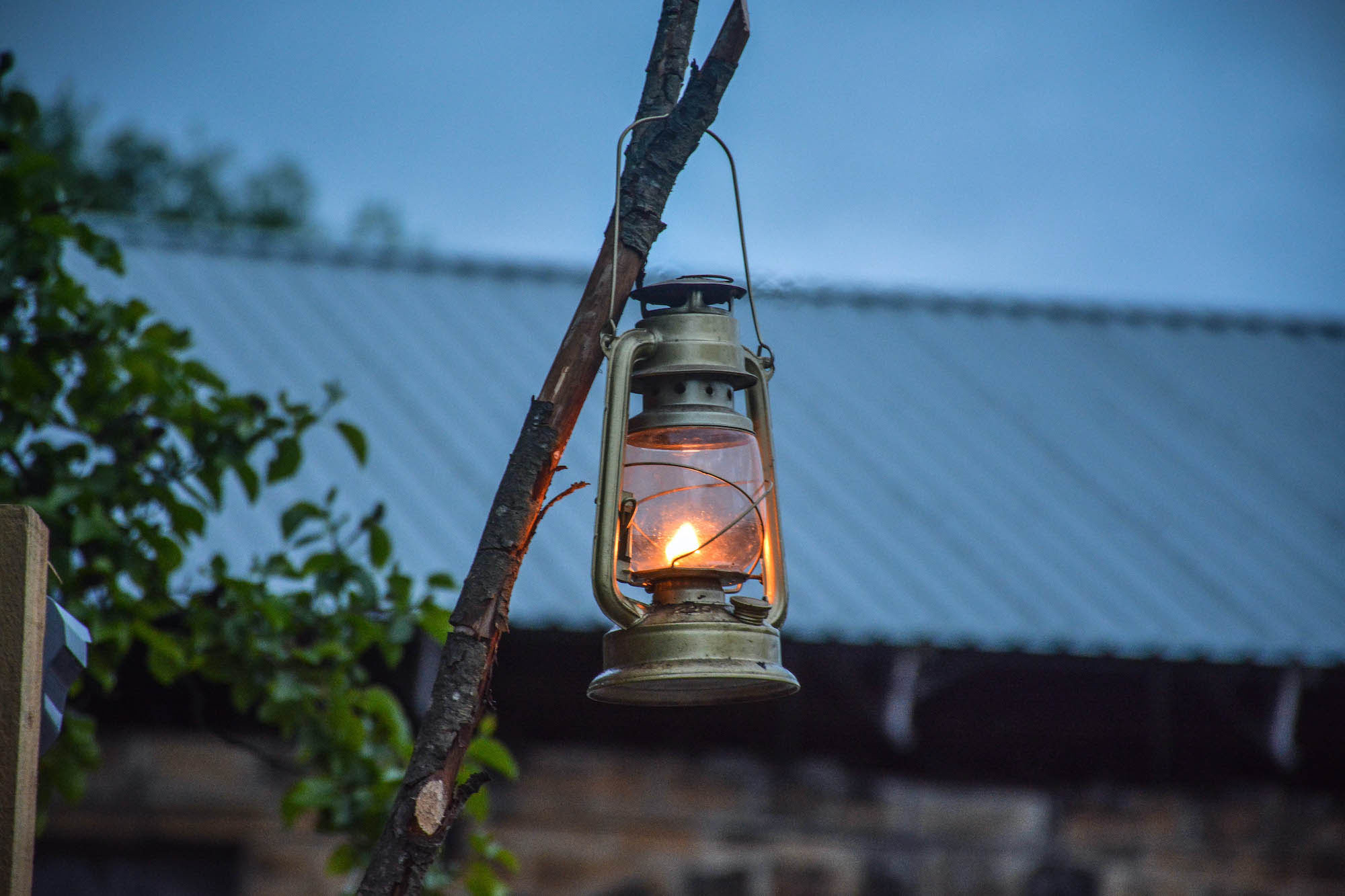
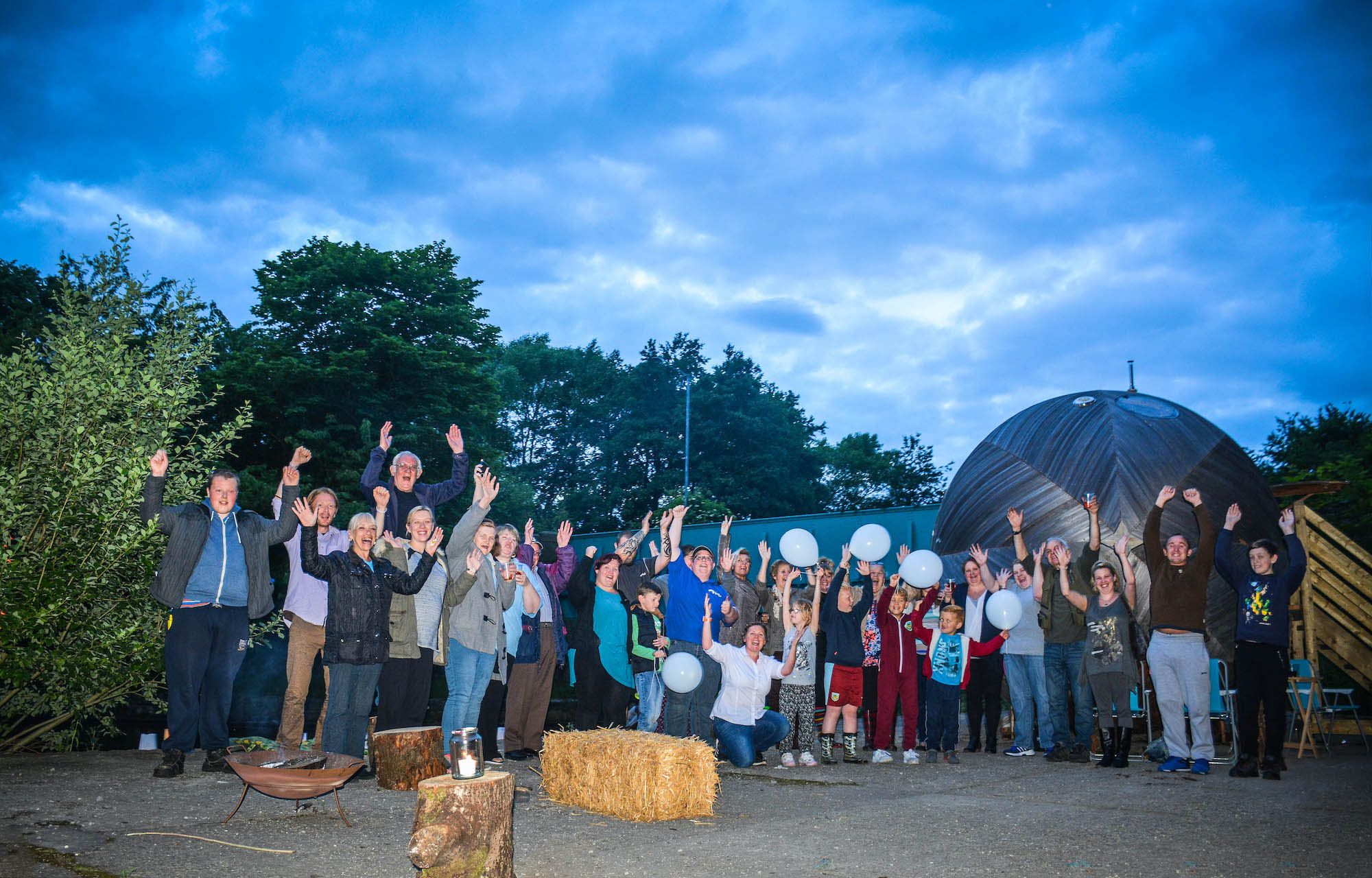
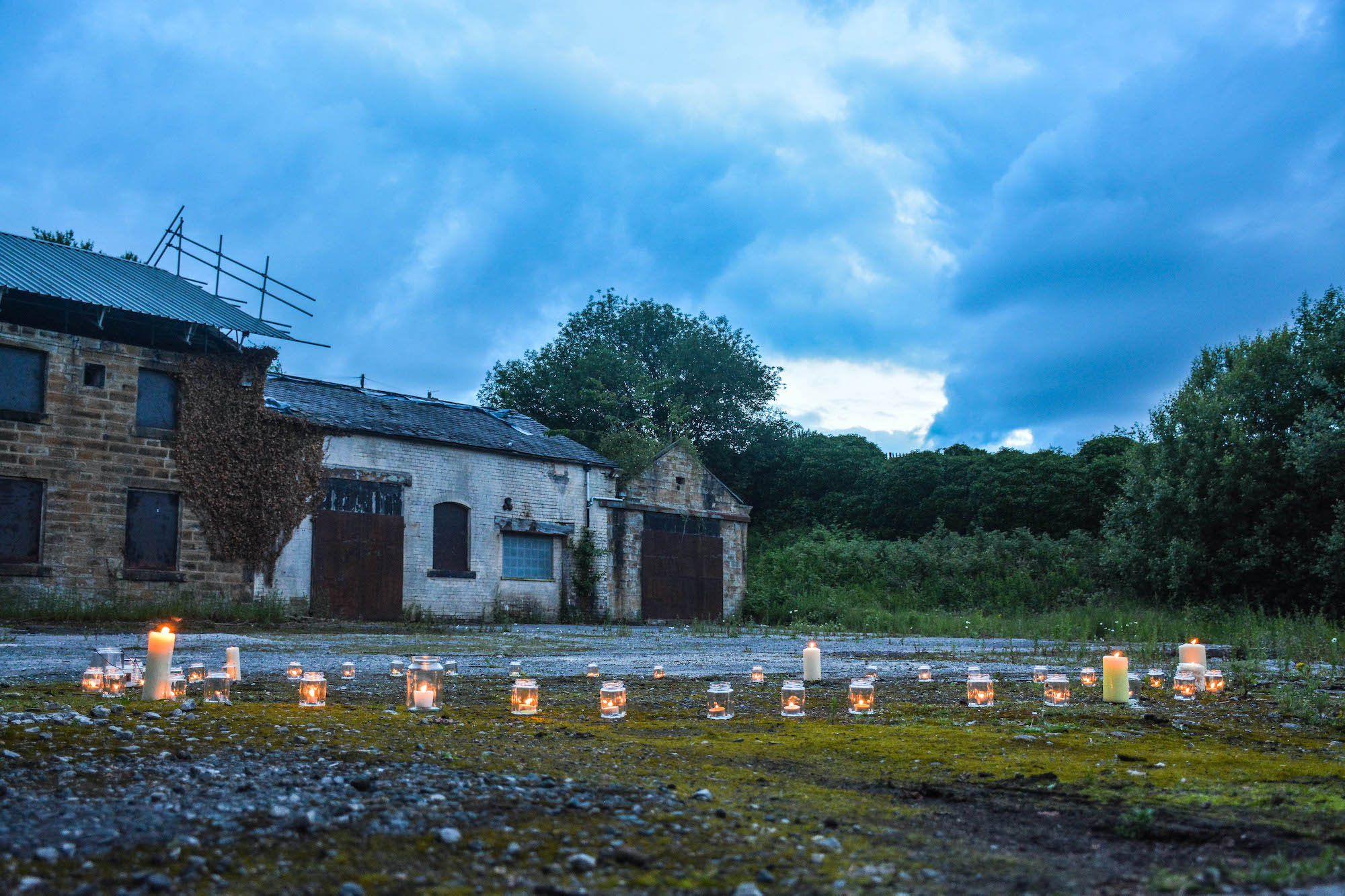
THE EXBURY EGG 2016, BURNLEY. WITH ARTIST STEPHEN TURNER
PHOTOGRAPHER SAM WALSH
Sam had contributed her skill and enthusiasm over the duration of the entire project and was especially keen to make an ongoing archive of local images. The Finsley Gate Heritage Group she launched on Facebook is full of photographs of the changing face of this small plot since the Egg departed and as it began a National Lottery Heritage Funded journey to renewal. Latest intelligence indicates, however, that work on site led to the destruction of the swans’ nesting ground completely. In its small way, it counts for little and they will have been driven to ground anew, but it’s indicative of a wider imbalance in our flawed relationship with the rest of nature, where human interest comes first and the rest come nowhere.
Yet, science is telling us that the DNA of a swan is around 70% identical to a human being and that all life is inter-connected, interdependent and equal. The Eggers (as they called themselves) of Burnley Wood already know this in their hearts.

Yet, science is telling us that the DNA of a swan is around 70% identical to a human being and that all life is inter-connected, interdependent and equal. The Eggers (as they called themselves) of Burnley Wood already know this in their hearts.
‘The true place of any kind, is the sum of all its phenomena. They are all in some sense symbiotic, being together in a togetherness of beings’.
John Fowles ‘The Tree’ Little Toller Books, 2016 page 38
©Stephen Turner 2020
Stephen Turner is writing a book, ‘Everything from the Egg’ to be published later this year which will contain this and many other stories of the Egg on its travels around the country.
For more information see:
https://www.facebook.com/groups/514843065622714/
http://exburyeggtour.com
https://eggman.site/blog/
Articles

